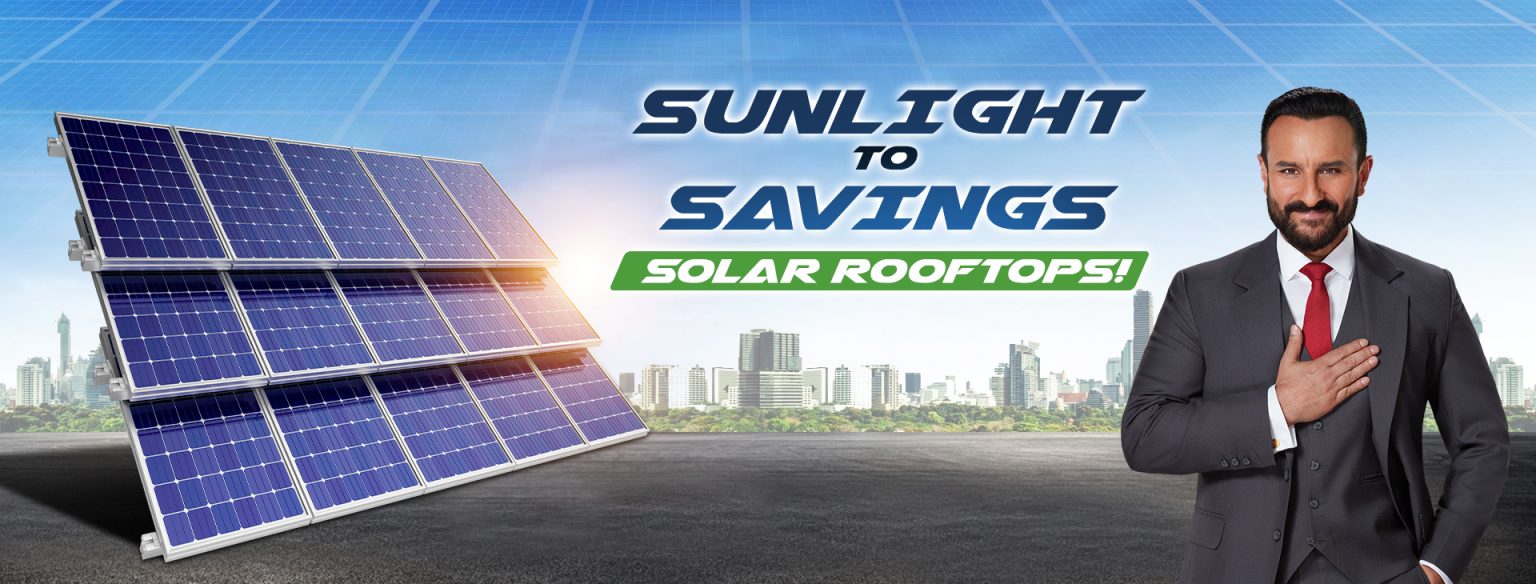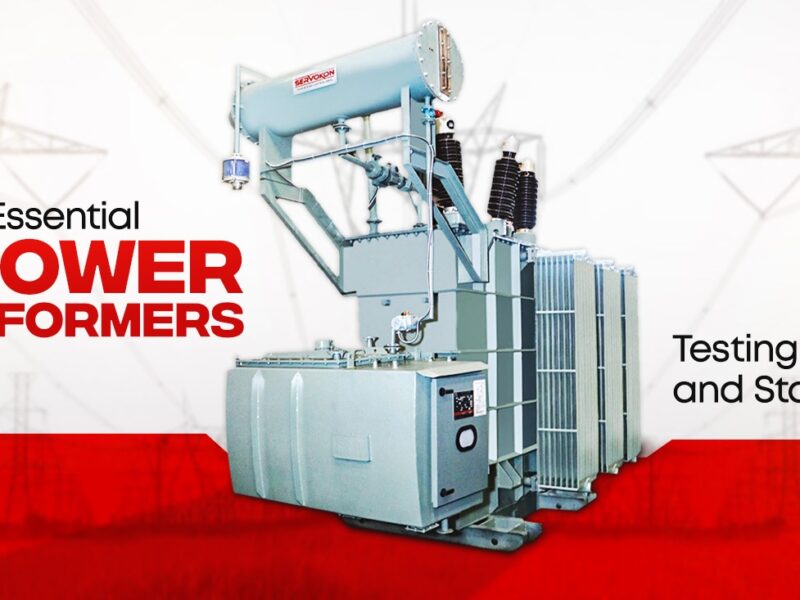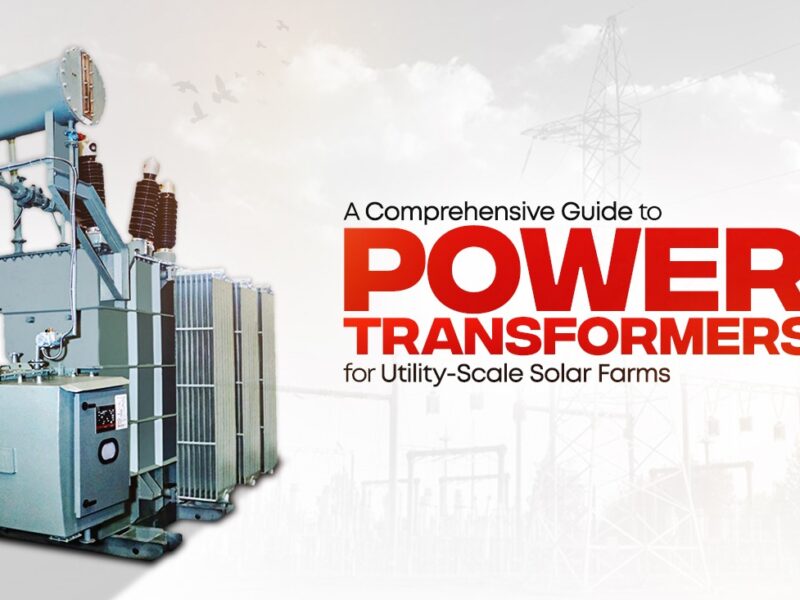As the world switches to clean energy, solar energy is at the centre stage of this transition. Much of the success of this clean energy revolution will hinge on democratising the use of solar energy. Community solar initiatives are a powerful tool for local communities to collectively achieve their clean energy goals and accelerate the transition towards clean energy. Bolstered by private sector investments, ingenuity and advocacy for green energy, these initiatives are a step forward in decentralising the use of solar energy.
Decoding Community Solar Model and its Benefits
Community solar initiatives are based on shared solar energy systems that enable several residents and small businesses to benefit from a solar asset. These projects are centrally located in a neighbourhood, a public facility, or an unused plot of land. Citizens can subscribe to a portion of solar energy and contribute to mitigating their carbon footprint.
These community solar initiatives offer a plethora of benefits. One of their key advantages is accessibility. They enable the pooling of resources for a common solar energy asset, allowing community members, who cannot install individual solar rooftops, to enjoy the benefits of clean energy. Subscribing to a community solar project enables participants to incur cost savings associated with renewable energy, potentially reducing their overall energy bills. These projects encourage collaboration and engagement and promote shared responsibility towards a sustainable future.
Beyond their environmental benefits, community solar initiatives catalyse employment generation, boost economic growth, and foster collaboration among local businesses. Community solar projects can revitalise communities by attracting investments, revitalising innovation, and positioning them as leading stakeholders in the clean energy revolution.
How Community Solar Project Works
A community solar project is a decentralised micro-grid system where 3-4 households share one rooftop solar panel. The panel produces approximately an output rating of 250 to 400 watts (W) and generates around 1.5 kilowatt-hours (kWh) of energy per day, fulfilling many household requirements. Subscription to such projects is mainly based on choice. Subscribers opt into the program primarily through contractual payments. A solar community initiative usually has four key players:
the host who owns the location where the project is located,
the sponsor who manages the subscription of the project and its relationship with the utility,
the utility measures the energy generated from the solar project and distributes it via the electricity grid,
subscribers- individuals, businesses, nonprofits, or local governments who purchase a share of the electricity the community solar project generates.
Community solar projects may also have anchor tenants- large customers, i.e., local businesses, nonprofit organisations, and municipal bodies that subscribe to a significant portion of the solar asset.
Drawing Inspiration From Success Stories
Among India’s successful community solar projects is the Satjelia Island in the Sundarbans, West Bengal. The community solar microgrids set up by WWF India are a lifeline for local communities. These microgrids are planned, designed and installed in consultation with local Gram Panchayats, who now own the systems and Village Energy Committees, which manage and operate them. These solar microgrids have a combined installed capacity of 84.12 kW and electrify around 700 rural forest fringe households, benefitting over 3000 residents, 60% of whom fall below the poverty line.
In the future, innovations in solar panel designs, energy storage solutions, and smart grid technologies will make community solar initiatives more accessible and reliable. Floating solar farms and agrivoltaics are recent trends in this space.
Mitigating Challenges
Although solar energy initiatives provide immense opportunities, certain challenges must be overcome. Sometimes, communities may need more technical know-how to install, operate and manage these solar systems. There often needs to be more clarity regarding the roles and responsibilities of each stakeholder. Another formidable challenge is ensuring their financial viability and enabling their scaleup. Policy development and private sector investment will be crucial in mainstreaming these projects.
Servokon’s Commitment to Community Solar
At Servokon Systems Limited, we are proud to introduce an all-encompassing solar financing initiative. This program provides customers with a convenient and efficient avenue to embrace sustainable energy solutions readily. We offer an array of installation capacities and pricing options to meet residential and commercial energy requirements. At the centre of this initiative are state-of-the-art and high-performance Mono-Perc 550 Wp solar panels, known for their efficiency and durability, ensuring maximum output and longevity. Low turnaround time, easy financing options and excellent customer service are the hallmarks of this initiative. Having already established itself as a leading player in the servo stabilisers space, Servokon is committed to making a dent in renewable energy by offering world-class and customised renewable energy solutions for individuals and businesses.




